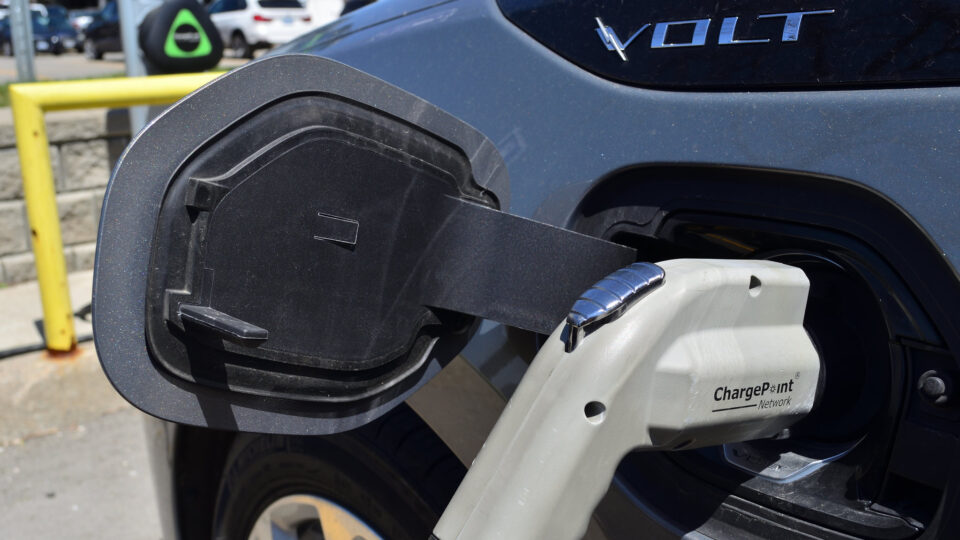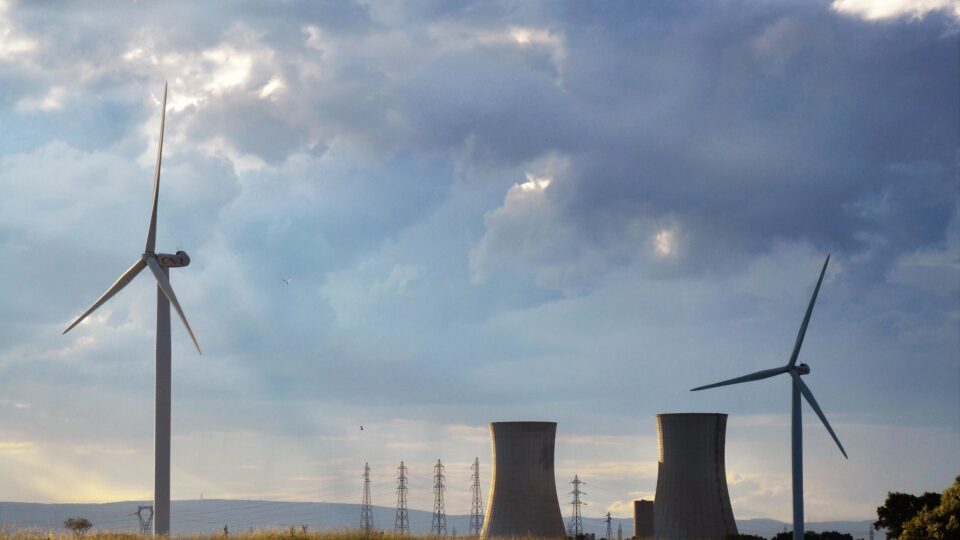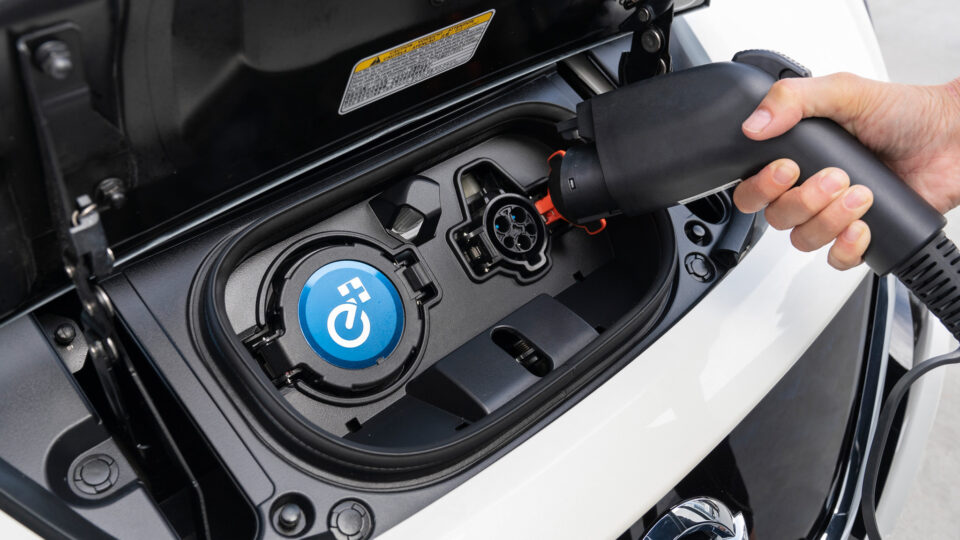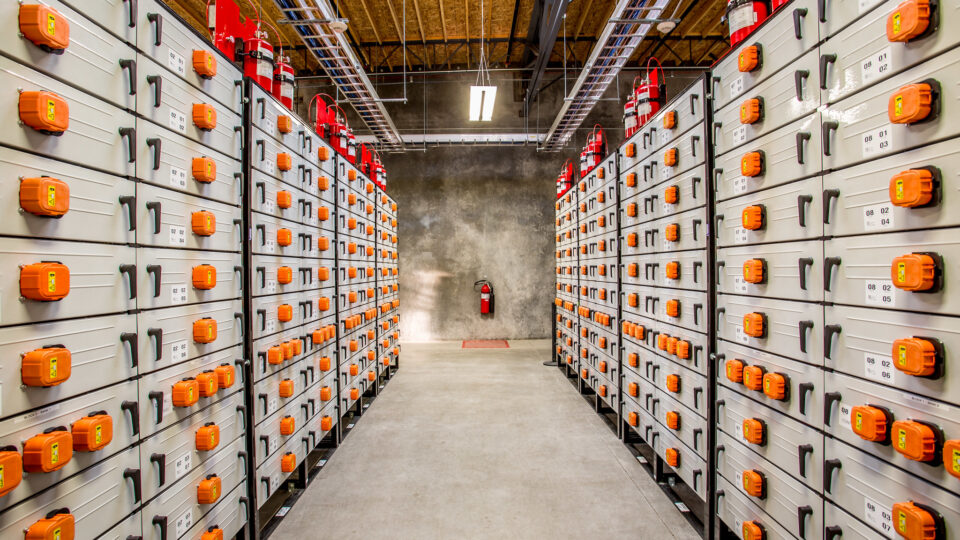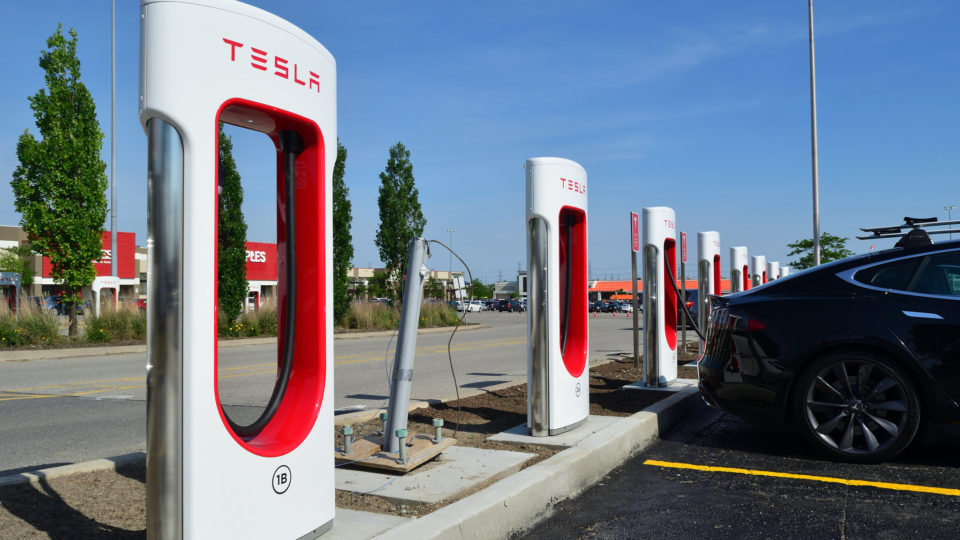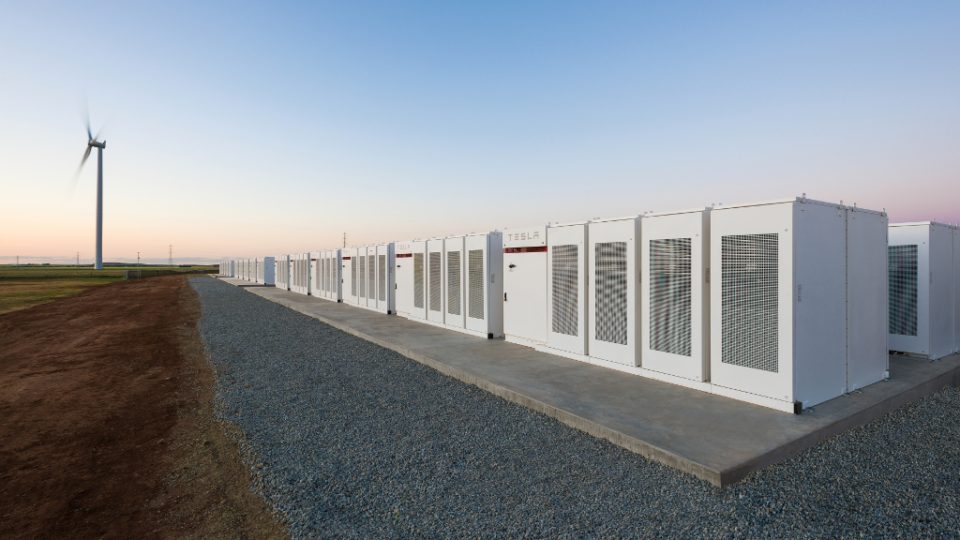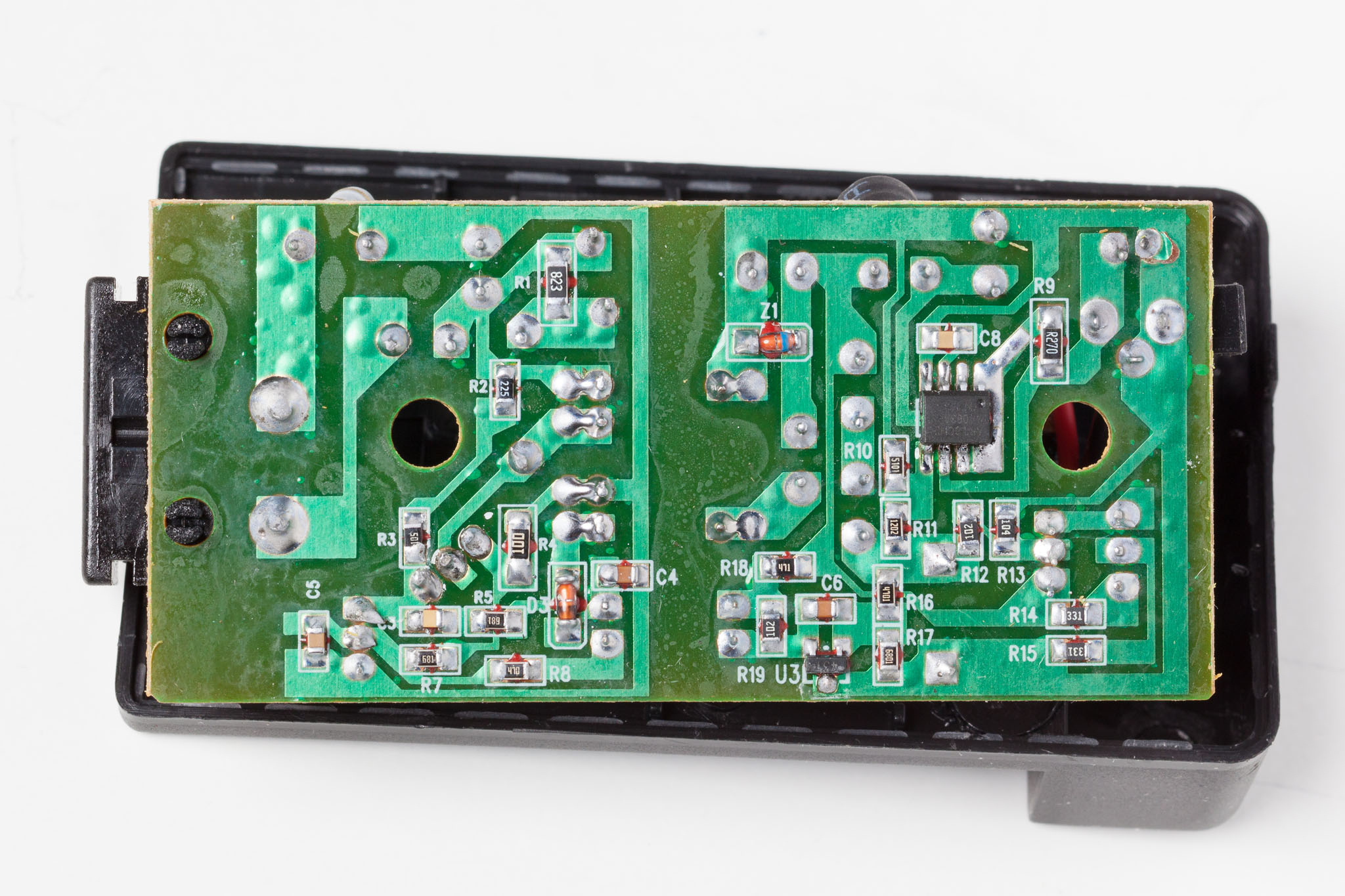Electric vehicles have historically been more expensive than their gas-powered counterparts primarily because of the cost of the batteries that power them. Today’s EV battery packs range in size from about 40 kWh to as much as 200 kWh, where kWh measure the amount of energy stored in pack.
The batteries in EVs are lithium-ion batteries, the same technology used to power cell phones, tablets, and computers. A decade ago, the batteries averaged $668 per kilowatt-hour and packs as large as those in some of today’s vehicles were simply unthinkable from a price standpoint.
Over the years, government subsidies, increased competition, higher volume, improvements in battery technology, and reductions in the cost of raw materials such as lithium have combined to drive continuous and dramatic reductions in battery costs. By March 2022, the average price for lithium-ion batteries was $146 per kWh. This past August, battery costs broke the $100 per kilowatt-hour barrier.
Industry analysts have long maintained that once the $100 barrier has been reached, EVs could achieve price parity with their fossil-fuel counterparts. Electric cars would no longer be more expensive to buy than equivalent gas cars.
Projections are that battery prices will continue to fall by something like 10% a year for the rest of this decade. All else being equal, EVs should be cheaper to buy than gas cars. Of course, they have already been cheaper to operate for a long time.
None of this means that car prices will go down in general. That will depend on trends in inflation and those are pretty hard to predict.
**********
Web Links
EVs Set to Match Gas Guzzlers in Price as Battery Costs Plummet
Photo, posted May 9, 2018, courtesy of Flickr.
Earth Wise is a production of WAMC Northeast Public Radio
